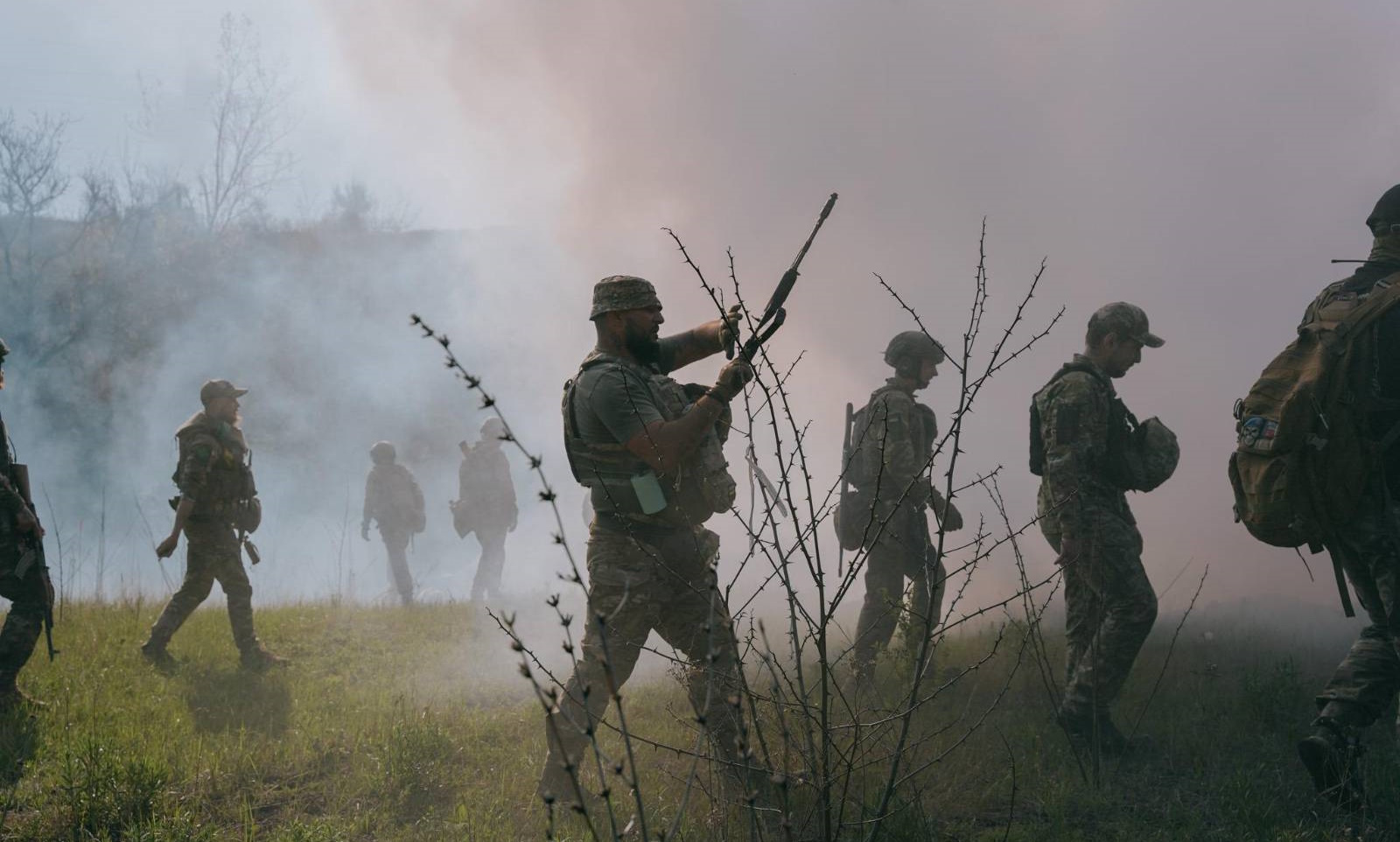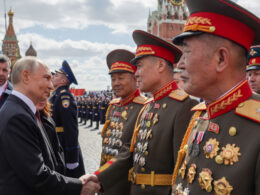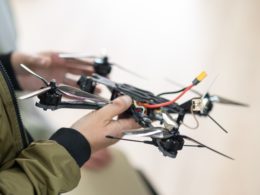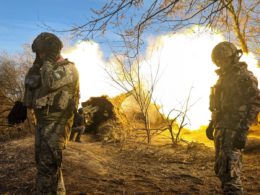Russia used overwhelming artillery superiority and white phosphorus munitions to seize control over Sievierodonetsk in Luhansk Oblast in 2022, said a Ukrainian 3rd Special Operations Forces Regiment soldier, known by the callsign Vorobey in the latest interview, ArmyInform reports.
White phosphorus ignites spontaneously upon contact with air. When released it burns fiercely at temperatures around 815°C. It sticks to skin and clothing, causing thermal and chemical burns that can penetrate down to the bone. Its extinguishing is extremely difficult because it continues to burn as long as it is exposed to oxygen.
“They knew that in close combat, they’re much weaker,” explained Vorobey, explaining the Russian tactics.
Instead, Russian forces relied on artillery and armored vehicles to level everything in their path.
“The first line of buildings, when it starts to collapse, you have to fall back a little. They just dumped phosphorus on us, burning everything," he recalled.
At the beginning of the battle, when the bridges were still intact, Ukrainian operators would “fly in” on light armored vehicles and clear the streets. Later, when the connections were destroyed, they had to cross the river on rafts and hold the industrial zone.
Vorobey is confident that Ukrainian defenders were capable of holding out longer.
“We had everything. We had water, food, and ammo. We could have held ‘Sever’ for another month,” he said.
However, due to intense pressure on the flanks, Ukrainian forces had to withdraw to preserve their personnel.
Currently, Russia's reliance on massed artillery has sharply declined due to Ukrainian countermeasures and Russia’s own shift toward drone warfare. Drones now play a central role in Russian tactics, with artillery use becoming more precise and less frequent.
Top Ukrainian drone commander warns ceasefire would only pause war with Russia





